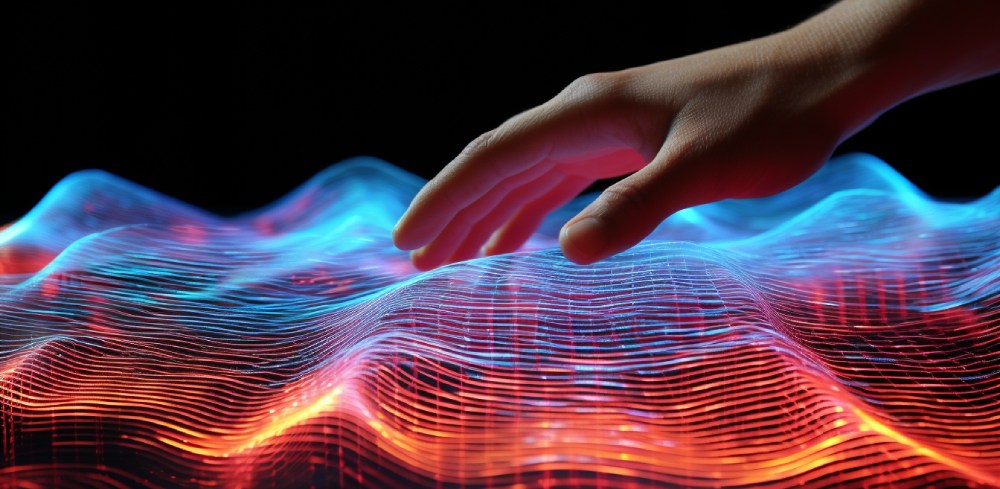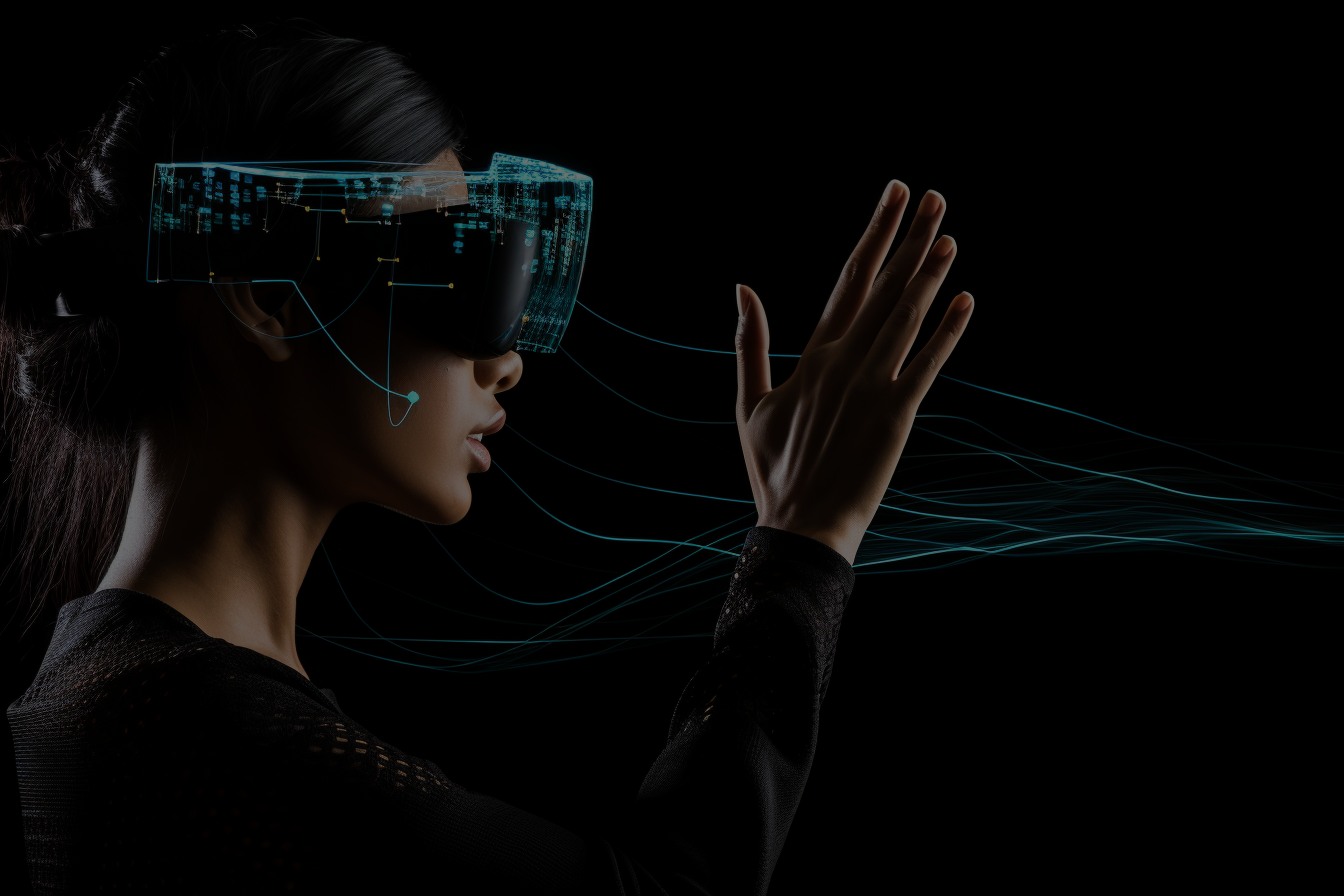In the swiftly accelerating world of VR, innovative opportunities for enhanced accessibility continue to emerge. One of the most promising advancements may be the integration of haptics, our ability to deliver sensations of touch and physical feedback. This burgeoning field holds the potential to transform how individuals with disabilities, such as combined hearing and vision loss, can navigate and communicate within virtual environments, unlocking a new dimension of inclusivity in the rapidly growing VR industry.
People with dual sensory loss rely heavily on tactile forms of communication such as Tactile Sign Language or the Tadoma method. These methods lean on touch and vibration to interpret the world, which aligns seamlessly with the capabilities of haptic technology, potentially expanding their communication possibilities. Historically, virtual worlds have been largely inaccessible for people who rely on these methods.

New TruTouch Haptics
Through the use of machine learning and other tools, we can encode visual or auditory information into tangible haptic feedback, creating a multisensory experience that brings accessibility to virtual spaces. Haptic feedback in VR, especially through the new Quest 3 Touch controllers with TruTouch haptics, can powerfully simulate these tactile communication methods. By utilizing the three different haptic areas of the controller to deliver different types of information, for example 3D environmental, words, intensity of speech, etc, we can deliver a relatively high-bandwidth information flow to users with combined hearing and vision loss.
The application of Morse code or Braille may be viable approaches in this context. Both are based on distinct, repeatable patterns that can be effectively conveyed through haptic feedback. A series of pulses from a VR controller could be used to spell out letters or words, facilitating individuals with combined hearing and vision loss to receive messages or interact with virtual interfaces. Furthermore, vibrating pulses could mimic the rhythm and intensity of spoken language, while additional tactile patterns could represent visual elements within a virtual environment.
Designing this technology, however, must be done thoughtfully to cater to the unique needs of people with dual sensory loss. The principle of inclusive design is key. It involves creating products usable by a wide range of people, adapting for different abilities and preferences. Customizability will be crucial, allowing users to adjust the strength, rhythm, or location of haptic feedback to their liking.
Creating a sense of presence or ‘immersion’ is critical in any VR experience. For users with combined hearing and vision loss, this could be achieved by creating ‘haptic landscapes’ that provide a tactile map of the virtual space. The ability to feel the layout of a virtual room or the texture of a virtual object could assist in understanding and navigating the environment.

The realm of virtual social interaction has been largely inaccessible to individuals with dual sensory loss. Through the real-time translation of speech and text into haptic signals that represent words, taking inspiration from Morse code or Braille, social VR platforms could allow users to participate in group conversations, attend virtual events, or even play interactive games. This not only provides new recreational opportunities but also fosters a greater sense of connection and community.
Beyond virtual communication, the potential benefits of this technology are extensive. Research suggests that haptics can support cognitive functions like memory and attention, which could further aid the learning and comprehension process for all people, regardless of whether they have combined hearing and vision loss.
In conclusion, the potential of haptic feedback in VR for enhancing communication for people with combined hearing and vision loss is immense. By translating auditory and visual information into tactile feedback, we can create a more inclusive virtual world catering to everyone, regardless of sensory ability. This endeavor is not just about technology—it’s about democratizing information and social connection, ensuring everyone has a chance to participate in our increasingly digital world.




